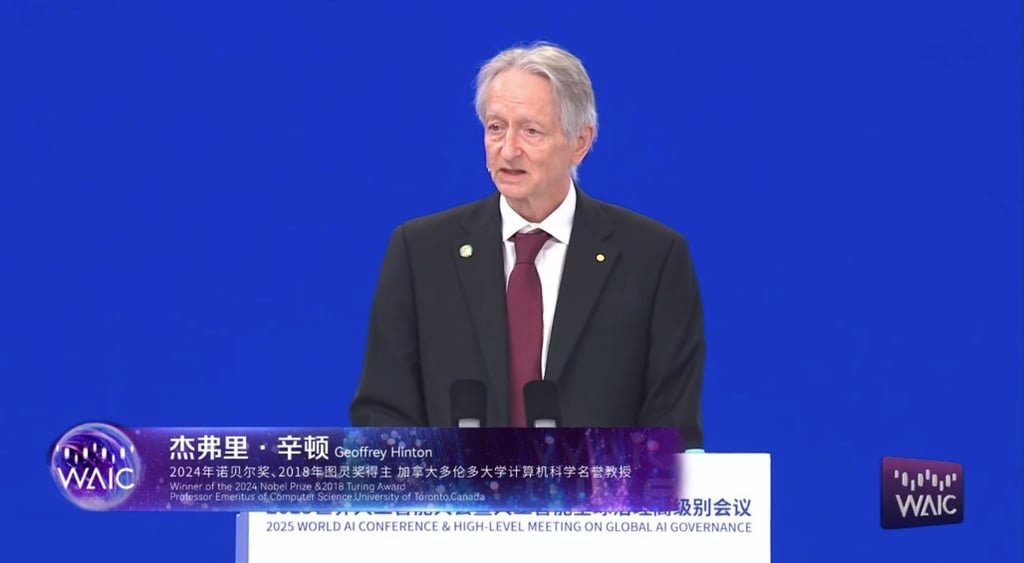This development sparked global headlines, with some sources falsely claiming China had “pulverized” Starlink satellites. In truth, no Starlink satellite was targeted or damaged. The experiment was purely focused on next-generation optical communication, not an act of warfare or sabotage.
No Starlink satellites were harmed — debunking the viral headline
The original story that went viral on social media platforms suggested that a Chinese satellite had fired a powerful laser and “destroyed” or “damaged” Starlink satellites. This claim is completely inaccurate. In reality, the laser used was non-destructive and designed for communication, not combat.
The 2-watt laser beam, operating in the near-infrared spectrum, was aimed at a ground station to demonstrate the ability to transmit high-speed data through the Earth’s atmosphere. The feat was especially impressive given the challenges posed by atmospheric turbulence, diffraction, and weak signal strength over such long distances.
How China achieved record-breaking satellite data speeds with just 2 watts?
The Chinese research team overcame the limitations of traditional laser communications by using a combined system of adaptive optics (AO) and mode diversity reception (MDR). This system is referred to as AO-MDR synergy. Here’s how it worked:

Live Events
- Adaptive optics corrected distortions in the laser beam caused by atmospheric interference.
- Mode diversity reception captured and decoded the distorted signal using multiple overlapping modes to preserve data integrity.
Despite the beam being only 2 watts in power—less than what many home lightbulbs use—it achieved data speeds of 1 Gbps, about five times faster than Starlink’s average satellite internet speeds.
Comparing Chinese laser satellite performance to Starlink internet speeds
Starlink, operated by Elon Musk’s SpaceX, uses thousands of low-Earth orbit (LEO) satellites to deliver internet service globally. While Starlink can reach download speeds ranging from 50 Mbps to 250 Mbps for most users, the Chinese geostationary satellite reached 1 Gbps (1,000 Mbps) using a fraction of the energy. The key difference lies in the communication method. Starlink primarily uses radio waves, while China’s satellite used laser-based optical communication, which allows for higher bandwidth, less signal interference, and greater data integrity—especially over long distances.
Understanding the real military context of China’s laser technologies
While this particular experiment was peaceful and scientific, it’s important to note that China is also actively developing directed-energy weapons (DEWs), including high-powered lasers and microwave systems. These could eventually have anti-satellite (ASAT) applications.
China’s military has proposed concepts such as submarine-launched laser platforms, which could stealthily target and disable satellites from under the ocean surface. These systems could use retractable masts equipped with high-energy lasers capable of blinding or damaging satellite sensors or communication payloads.
According to U.S. Space Force assessments, China is on track to field fully operational space-based or ground-based laser weapons by the late 2020s, raising concerns among Western defense analysts and policymakers.
What the U.S. space force says about rising threats in orbit?
General Chance Saltzman, head of the U.S. Space Force, has repeatedly warned that China is developing a full suite of counterspace capabilities. These include:
- Kinetic ASAT weapons (missiles that can physically destroy satellites)
- Electronic jammers (used to disrupt satellite signals)
- Cyberattacks on space infrastructure
- And now, directed-energy weapons, like high-powered lasers
While the recent Chinese test was not part of any known military program, it does show that China’s capabilities in satellite laser technology are progressing rapidly, and could eventually be repurposed for strategic or defense purposes.
The bigger picture: New era of satellite communications and space warfare
The success of China’s 2-watt laser satellite test signals a paradigm shift in space communication technology. If laser-based optical communications can be scaled and secured, they could dramatically reduce the need for massive low-Earth-orbit satellite constellations like Starlink, Amazon Kuiper, or OneWeb.
However, the dual-use nature of this technology—meaning it can serve both civilian and military functions—raises alarms in global defense circles. While this test was a scientific milestone, it also highlights the increasingly blurred line between space innovation and space weaponization.
Key facts you need to know about the Chinese satellite laser test:
| Key Point | Details |
| Laser power | 2 watts |
| Satellite altitude | 36,000 km (geostationary orbit) |
| Achieved data speed | 1 Gbps (gigabit per second) |
| Technology used | Adaptive Optics + Mode Diversity Reception (AO‑MDR) |
| Damage caused | None — no Starlink satellites were affected |
| Compared to Starlink | About 5× faster than typical Starlink speeds (radio-based) |
| Potential for military use | Yes — future use in directed-energy weapons is plausible |
| U.S. Space Force response | Warning issued on rising Chinese space weapon capabilities |
Fot a laser strike, but a laser leap
Contrary to misleading headlines, China did not fire a weapon at Starlink. The recent laser experiment was a landmark achievement in space-to-ground data transmission, proving that low-power lasers can outperform traditional communication satellites under the right conditions.
But this advancement also casts a spotlight on the rapid militarization of space, as countries race not just for faster data speeds—but also for dominance in orbit.
For now, it’s a technological triumph. But in the near future, these capabilities could dramatically reshape both global communications and defense strategies in space.
FAQs:
Q1: Did the Chinese satellite laser really destroy Starlink?
A: No, it only tested fast space communication—no damage was done.
Q2: How fast was the Chinese satellite laser data transmission?
A: It hit 1 Gbps, five times faster than Starlink.







